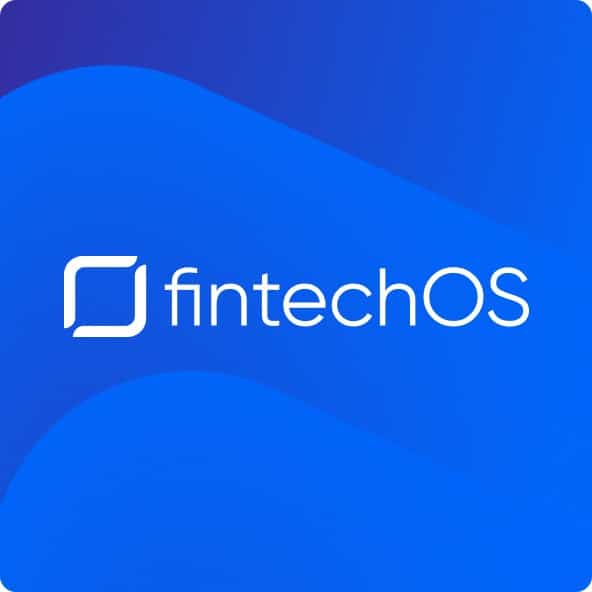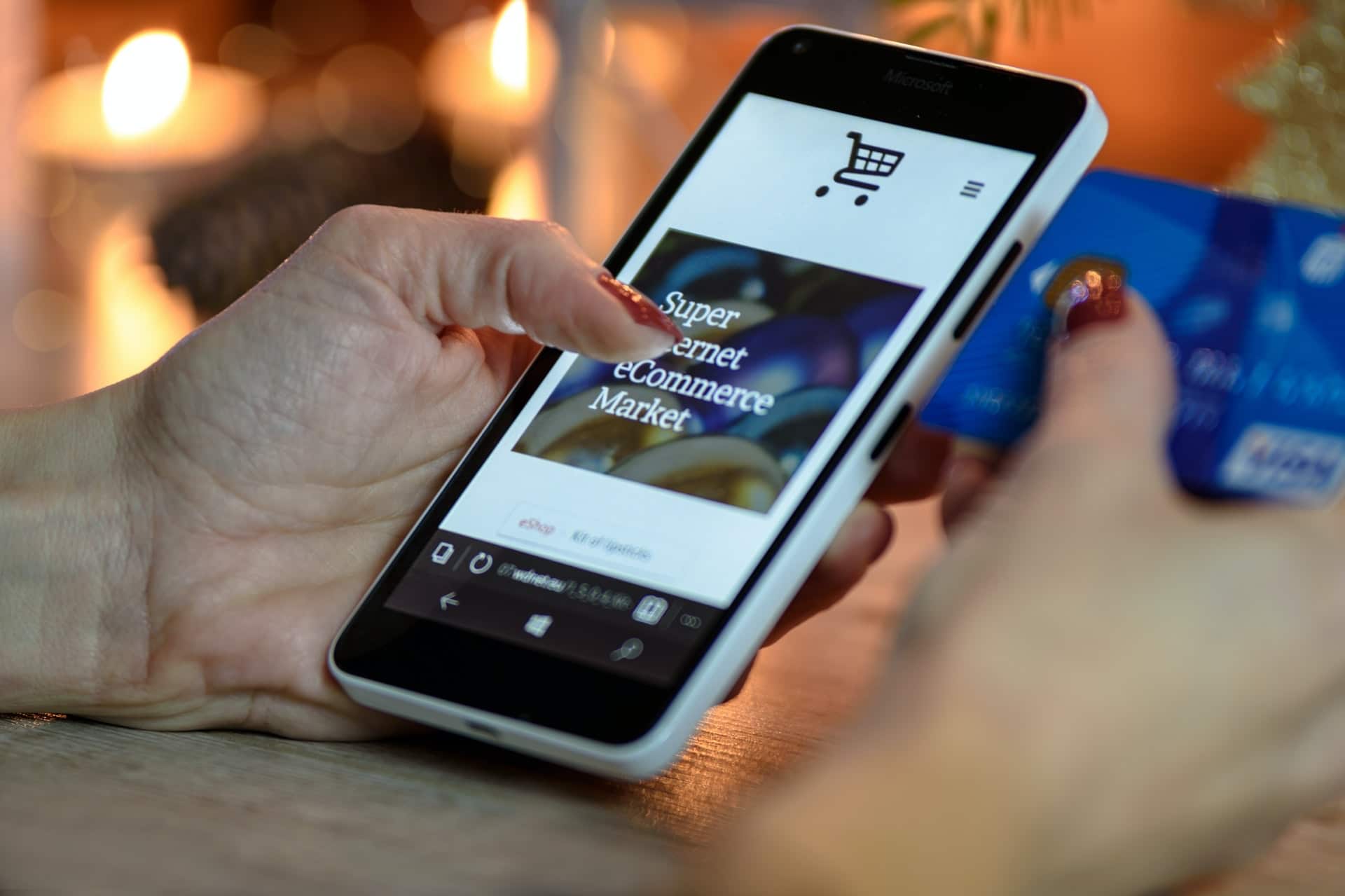The pandemic marked a historic “turning point” that triggered “unprecedented and unforeseen growth” in ecommerce, the United Nations Conference on Trade and Development reported this year.
When billions of people around the world were suddenly sent into lockdown, it sparked a sudden collapse so dramatic that it became known as the “the Covid-19 retail apocalypse”. Shops that didn’t have a mature – or at least serviceably functioning – e-commerce infrastructure suddenly faced zero sales. The death of traditional retail had been forecasted for some time, but the process was expected to be slow and gradual. When the pandemic hit, there was no managed decline. The slump was swift, sharp and inescapable.
Yet survivors quickly rose from the wreckage and began to thrive – with global e-commerce sales soaring to $26.7 trillion in 2020. Companies with pre-existing ecommerce capabilities were able to grow their sales by meeting increased demand, so were forced to rapidly scale up their operations. Those that were further ahead increased their lead. The success of Amazon is perhaps the most vivid example of the advantage held by e-commerce incumbents. It was already doing very well before Covid-19, enjoying record years in 2017, 2018 and 2019. Yet in 2020, Amazon enjoyed net income of about $21.3 billion – more than all the three years added together.
The banking sector has faced similar challenges to the retail sector during the past two years. But the problems aren’t over once Covid-19 has been dealt with. The effects of the pandemic were abnormal and extreme, yet banks are facing another cliff when it comes to attracting and satisfying Millennial and Gen-Z demographics. These generations are digital by default. Bricks and mortar are more likely to be an exception or inconvenience to them than a benefit.
Earlier this year, A study commissioned by Temenos and carried out by Economist Intelligence Unit found that 65% of bankers believe that the branch-based model will be “dead” within the next five years, an increase of from 35% four years ago. The decline of branches will have a slower effect on the sector than the pandemic’s colossal impact on retail, but the trends will be broadly similar. Banks that know how to do digital will race ahead, whilst financial institutions with less mature digital propositions race to modernise and those with basic or non-existent services face decline or doom.
The time to start preparing for the post-branch digital age of banking is now and the success of e-commerce leaders (and the problems experienced by digital laggard competitors) contains important lessons for financial institutions. Here are three ways your bank can start to learn from ecommerce and turn these lessons in action.
Digital maturity
The first step in the “ecommercification” of a business should be an honest assessment of its digital maturity. Ironically, some banks may have regular active digital users, but don’t have any strategy around engagement, insights, and monetization of this digital user base. In which case, they too need to start from level 1 on our maturity scale and work upwards in order to create digital revenue generating systems.
Level 1
Status: A digital presence that is not adequately connected to financial products.
Next steps: Improve visibility and traffic to build up a digital audience. Even if the digital side of the financial products is not that mature or joined-up, the bank can use its web presence to engage prospects and guide existing customers.
Level 2
Status: A website that allows customers to sign up and use online banking or an app, which they can then use to make transactions.
Next Steps: Prioritise the promotion and optimization of buying pathways to drive conversion from your existing audience.
Level 3
Status: Digital services that convert.
Next Steps: Work on both paid and organic digital marketing and optimize acquisition costs in each channel to establish a repeatable and scalable digital growth model.
Level 4
Status: Mature digital products that allow the bank to look at visitors and customers in a broader way.
Next Steps: Continue to learn about customers in order to refine conversation processes and assess the long-terms needs of new and old clients. The ultimate aim is to have a clear view of lifetime customer value, developing a more distinctive proposition that is “sticky” and harder to compete with.
Exercise 1: Be-Commerce
To act like an e-commerce company, you must first start to think like one. To get started on this process, a financial institution could begin by asking its staff to draw out an org chart to illustrate how they think a pure e-commerce business should function, using just their common sense, before mapping out roles and areas of responsibility into a banking business model.
If the team is not in a position to re-think broad brushstrokes of strategy, but has ownership of digital growth, consider how this works in non-banking e-commerce. Where the bank is planning to focus on growth or enter a new market, it could consider the work of the following four e-commerce teams, before discussing how these departments might be modelled internally to work effectively.
- Trading (ensure shoppers make a purchase)
- Merchandising (prioritizing what shoppers see)
- Media (delivering shopper traffic)
- Content (engaging visitors with useful information)
Working on questions like this helps your team step outside “the way it’s always been done” and look through an ecommerce lens.
Exercise 2: E-Commerce By Numbers
Studying the metrics and KPIs used in e-commerce can be a useful way of understand how to translate some of the sector’s most effective strategies into a bank’s business model. Here are some of the metrics used by online retailers.
Basket size: The number of items in a basket.
Checkout abandonment rate: How many people abandon a purchase.
Revenue recovered from retargeting: The amount earned from showing customers adverts for your services, particularly if they have left without buying.
Best time of day/week for sales: A metric which identifies periods of peak demand and conversions.
Customer intent: The identification of shoppers who are likely to buy, based on analysis of previous behaviour.
Product detail page (PDP) engagement: Details of how many customers bounce, convert or engage with product detail pages, which contain information about services.
When you understanding how each aspect of a digital journey or experience contributes to conversion, then you can begin to refine the process and boost its effectiveness.
***
Main photo credit: Pexels
***
Related articles:

FintechOS FintechOS is the global leader in fintech enablement, on a mission to make fintech innovation available to every company. As the world grows increasingly complex, FintechOS strives to simplify and accelerate financial technology so anyone can build, launch, service, and expand new products in weeks, not months or years. The FintechOS platform empowers banks, credit unions, and insurers of any size to grow revenue, lower operating costs, and achieve a faster time to value without dependency on core infrastructure and costly tech talent. Headquartered in New York and London, FintechOS has partnered with some of the world’s best brands, including Groupe Société Générale, Admiral Group, Oney, eMag, Deloitte, EY, and PWC.






